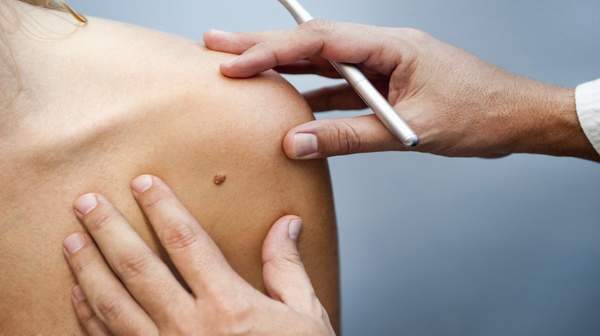What's in this article?
What is warts?
A wart is a skin growth caused by some types of the virus called the human papillomavirus (HPV). HPV infects the top layer of skin, usually entering the body in an area of broken skin. The virus causes the top layer of skin to grow rapidly, forming a wart. Most warts go away on their own within months or years.
Warts can grow anywhere on the body, and there are different kinds.
How are warts spread?
Warts are easily spread by direct contact with a human papillomavirus. You can infect yourself again by touching the wart and then touching another part of your body. You can infect another person by sharing towels, razors, or other personal items. After you’ve had contact with HPV, it can take many months of slow growth beneath the skin before you notice a wart.
It is unlikely that you will get a wart every time you come in contact with HPV. Some people are more likely to get warts than others.
Can warts be prevented?
There are ways to prevent warts and keep them from spreading to other parts of your body if you already have one. Follow these simple guidelines:
- Wash your hands regularly, especially if you’ve been in contact with someone with warts.
- Don’t pick at your warts.
- Cover warts with a bandage.
- Keep your hands and feet dry.
- Wear shower shoes (flip-flops) when in a locker room or communal bathing facility.
Warts removal
First of all, it’s important to know that warts on the skin (such as on the fingers, feet and knees) and warts on the genitals are removed in different ways. Don’t try any home remedies or over-the-counter drugs to remove warts on the genital area. You could hurt your genital area by putting certain chemicals on it. You also shouldn’t treat warts on your face without talking to your doctor first. The following are some ways to remove common warts from the skin:
Talk to your doctor about which treatment is right for you.
Applying salicylic acid. You can treat warts on places such as the hands, feet or knees by putting salicylic acid (one brand name: Compound W) on the warts. To get good results, you must apply the acid every day for many weeks. After you take a bath or shower, pat your skin dry lightly with a towel. Then put salicylic acid on your warts. The acid sinks in deeper and works better when it is applied to damp skin. Before you take a shower or a bath the next day, use an emery board or pumice stone to file away the dead surface of the warts.
Applying cantharidin. Your doctor may use cantharidin on your warts. With this treatment, the doctor “paints” the chemical onto the wart. Most people don’t feel any pain when the chemical is applied to the wart. You’ll experience some pain and blistering of the wart in about 3 to 8 hours. After treatment with cantharidin, a bandage is put over the wart. The bandage can be removed after 24 hours. When mixtures of cantharidin and other chemicals are used, the bandage is removed after 2 hours. When you see your doctor again, he or she will remove the dead skin of the wart. If the wart isn’t gone after one treatment, your doctor may suggest another treatment.
Applying liquid nitrogen. Your doctor may use liquid nitrogen to freeze the wart. This treatment is called cryotherapy or cryosurgery. Applying liquid nitrogen to the wart causes a little discomfort. To completely remove a wart, liquid nitrogen treatments may be needed every 1 to 3 weeks for a total of 2 to 4 times. If no improvement is noted, your doctor may recommend another type of treatment.
Other treatments for warts on the skin. Your doctor can also remove warts on the skin by burning the wart, cutting out the wart or removing the wart with a laser. These treatments are effective, but they may leave a scar. They are normally reserved for warts that have not cleared up with other treatments.






Leave a Comment